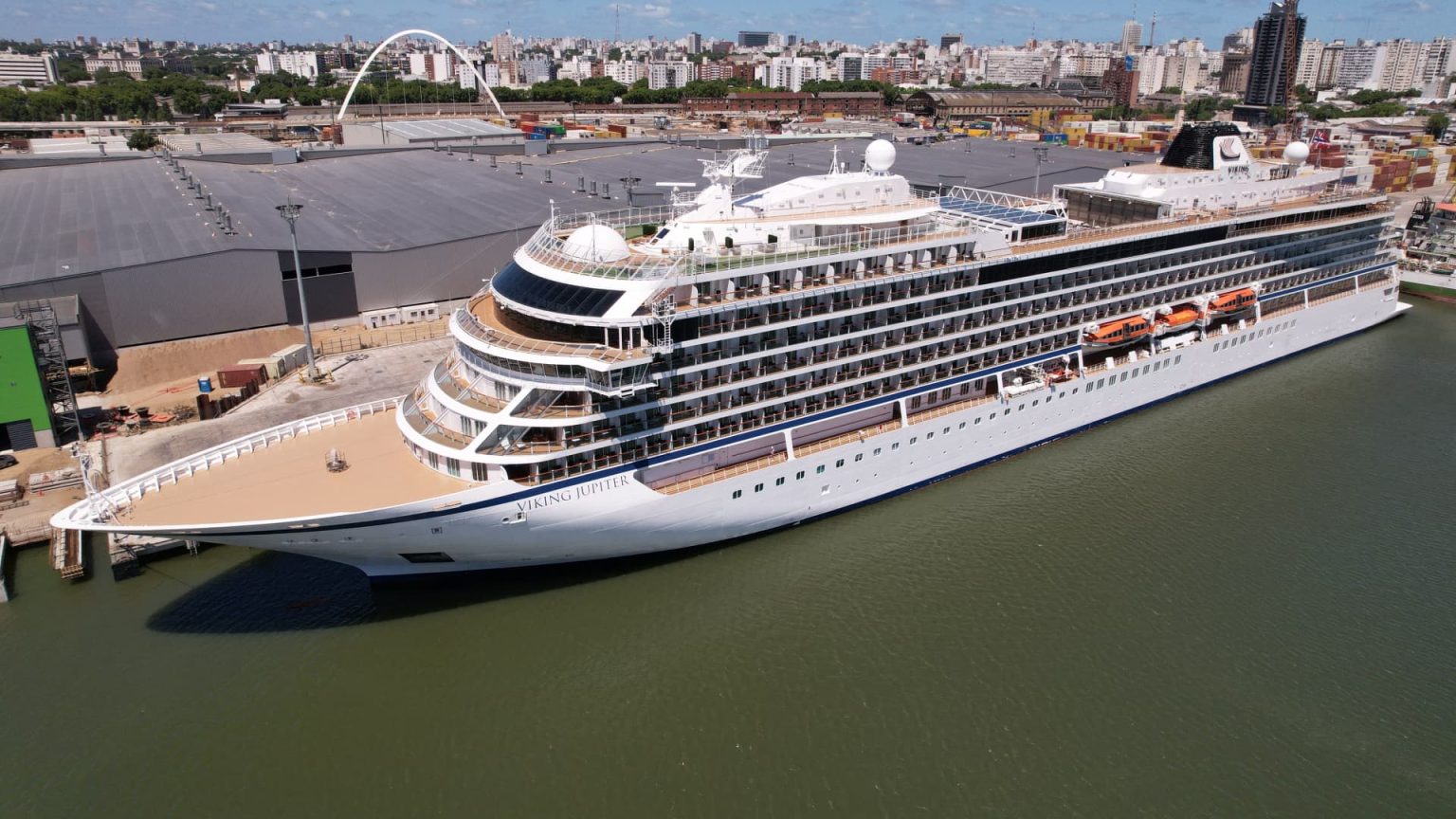Viking is a luxury cruise operator targeting high-income baby boomers who seek adventure and new experiences. The cruise line does not cater to families and does not have casinos on board, focusing on providing a premium experience for its passengers. Viking Holdings recently went public on the New York Stock Exchange with a valuation of $10.4 billion, making it the third-largest cruise operator after Royal Caribbean and Carnival. Viking has seen rapid growth since its founding in 1997, expanding its fleet to 92 vessels, with a focus on river-based ships in Europe rather than the Caribbean.
The strong demand for Viking’s IPO led to an upsize, with existing shareholders selling an additional 9 million shares to mutual fund investors. The timing of the IPO aligns with a rebound in cruise bookings across the industry. Royal Caribbean recently raised its guidance for 2024, reflecting the positive outlook for the sector. While Viking reported a net loss in 2023, it boasted a high revenue per passenger of $7,251, outperforming other publicly traded cruise lines. This premium price point allows Viking to generate more revenue per customer, attracting investors’ interest.
Investors are also eager to learn about Viking’s expansion plans, as the cruise industry faces concerns about overcapacity. Norwegian Cruise Line recently ordered eight new ships for delivery over the next 12 years. Despite these concerns, the industry is focused on the rebound in demand post-pandemic, with cruising still being a more cost-effective option compared to land-based hotel vacations. UBS leisure analyst Robin Farley highlighted that hotel rates have increased by 25% since 2019, while cruise line rates have only risen by 10%, making cruising an attractive option for travelers.
Viking’s distinct focus on providing a high-end, European river cruise experience sets it apart from other cruise operators that predominantly operate in the Caribbean. The company’s emphasis on quality over quantity appeals to travelers seeking a more curated and upscale vacation experience. As cruising gains popularity as a competitive choice in travel, Viking’s IPO success reflects the growing interest in premium travel options. With a strong revenue per passenger and a loyal customer base, Viking is well-positioned to continue its growth in the luxury cruise market.
Overall, Viking’s IPO marks a significant milestone for the luxury cruise industry, showcasing a shift towards more exclusive, high-end travel experiences. As demand for cruising continues to rebound post-pandemic, investors are closely monitoring Viking’s expansion plans and financial performance. With a focus on delivering personalized, adventure-driven experiences to high-income baby boomers, Viking is poised to maintain its position as a leading player in the luxury cruise market.


